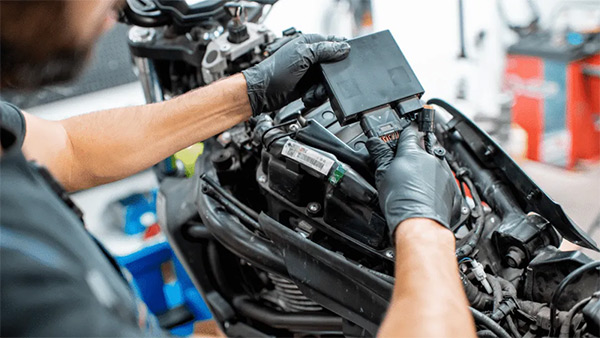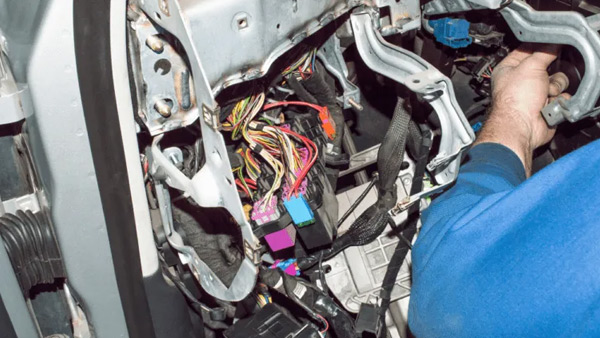Time:2024-11-08 Browse: 151

Environmental Protection wiring harness design method
Wiring harnesses are affected by many factors that affect their ability to function properly. From extreme temperatures to chemistry. Addressing these factors early in the design process is key to ensuring the reliability, safety and durability of the harness. Therefore, robust wiring is essential for harsh environments. What defines hardened wiring? Here's an overview:
Durable insulation: Robust wiring usually uses insulation materials that are resistant to heat, cold, chemical and wear. Common materials include PTFE, silicone, and crosslinked polyethylene (XLPE).
Reinforced structure: Wires can be reinforced with additional layers or protective layers (such as braided shielding) to resist mechanical damage and wear.
Sealed connectors: To protect against moisture and contaminants, reinforced wiring usually contains sealed or clad connectors to prevent water, dust, and other particles from entering.
EMI/RFI Shielding: In environments with severe electromagnetic interference (EMI) or radio frequency interference (RFI), hardened wiring may include shielding to prevent interference with signals or electrical performance.
Vibration resistance: Robust wiring systems are often designed to withstand vibration, which is common in industries such as aerospace, automotive, and military applications.

Now let's look at some examples of industries that typically operate in harsh environments and require reinforced wiring:
Ships: Harnesses in Marine environments face high humidity, salt water exposure, and temperature fluctuations. Corrosion and water intake are major problems.
Aerospace: These applications require high reliability under extreme temperatures, vibration, radiation, and possible exposure to liquids (fuel, hydraulics, etc.).
Industrial: Chemicals, oils, mechanical wear and high temperatures can affect harness performance.
Environmental protection
Ensuring the service life and reliability of the harness design in harsh environments requires protective measures:
Sealing and encapsulation molding
Heat shrink tube: Provides mechanical protection and moisture barrier by sealing the harness.
Encapsulation molding: Packaging connectors and joints using materials such as Thermoplastic elastomer (TPE) or silicone to provide environmental protection and stress relief.
Connection
Sealed connectors: Designed to prevent water and dust from entering, military specification connectors are commonly used in aerospace applications, such as MIL-DTL-38999.
Corrosion resistant plating: Nickel or gold plating on connector pins helps prevent corrosion, especially in Marine environments.
Wiring and clamping
Protective conduit: Conduits made of materials such as stainless steel or flexible non-metallic options protect the harness from physical damage and environmental factors.
Correct clamping: Vibration damping fixtures minimize mechanical wear and reduce the risk of electrical failure due to vibration.
Copyright © 2024 Shanghai Hongtong Electronic Co., Ltd.